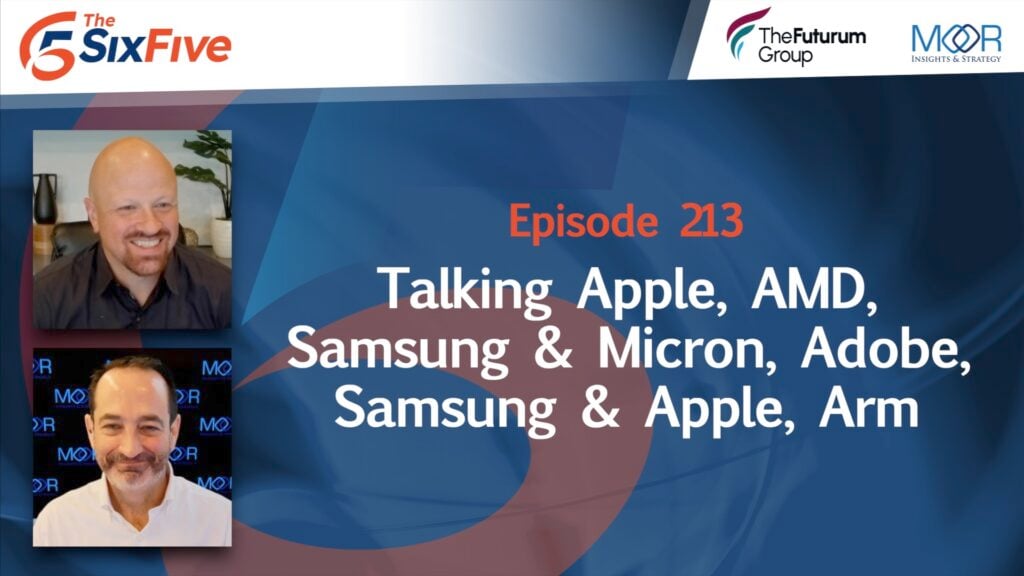The News: Qualcomm unveiled its Qualcomm 5G Fixed Wireless Access (FWA) Platform Gen 3, providing a fully integrated 5G advanced-ready FWA platform. Read the Qualcomm blog here.
MWC 2023: Qualcomm Dramatically Raises 5G FWA Game with FWA Platform Gen 3
Analyst Take: Qualcomm’s third generation features instrumental elements that seek to push the boundaries of 5G expansion. In addition to the benefiting from Snapdragon X75 capabilities, Qualcomm FWA Gen 3 key features include:
- Extended range mmWave and Sub-6 GHz
- Qualcomm Tri-Band Wi-Fi 7 with expert Multi-Link operation for lower latency, reliable connections, and mesh capability for improved coverage
- Quad-core central processing unit (CPU) and hardware acceleration boosts
- Self-install capabilities facilitated by Qualcomm Dynamic Antenna Steering technology
- Qualcomm RF Sensing Suite to enable indoor mmWave Customer Premises Equipment (CPE) deployments
- Support for 5G Dual-SIM Dual Active (DSDA) and Dual-SIM Dual Standby (DSDS) configurations

Specific platform innovations include Qualcomm QTM567 mmWave Antenna Module designed to provide reliable and extended mmWave coverage and WiFi 7 with 10G Ethernet, developed to deliver multi-gigabit speeds and fixed access-like latency to virtually every device in the home or facility. Moreover, the new platform delivers a converged mmWave-sub 6 hardware architecture that can reduce footprint, cost, board complexity, and power consumption.
I see the Qualcomm FWA Gen 3 offering further expanding CSP FWA deployments across more areas by lowering costs, enabling swifter installation, and accelerating service builds. In relation to fixed access implementations, 5G FWA networks are more intricate and challenging to design since network planners need to account for varying levels of signal loss resulting from building materials, outdoor landscape, and weather conditions.
As a result, many CSPs present open return policies on CPE, which can rapidly become costly if prospects are underwhelmed with service quality or connection speeds due to factors such as surge in vegetation density during the spring season. These policies are in place despite the deployment advantages of 5G FWA and its market momentum, which makes the Qualcomm value proposition here even more compelling.
The new Qualcomm 5G FWA platform aligns with helping to meet the society-wide goal of diminishing the digital divide. For example, CTIA estimates that 5G FWA could serve up to 8.4 million rural households, almost half of the rural homes in the U.S. CSPs are targeting government programs such as the Rural Digital Opportunity Fund (RDOF), Broadband Equity, Access, and Deployment (BEAD), and other U.S., state, and local government funding initiatives to making 5G FWA integral to advancing universal coverage goals.
I see Qualcomm providing an invaluable assist to the 5G ecosystem in its evolution toward 5G advanced, catalyzing adoption of 5G advanced (3GPP Release 18) benefits such as pushing spectral efficiency limits in both sub-7 GHz and mmWave spectrum and enabling intelligent air interface design.
Key Takeaways: Qualcomm Intros 5G FWA Gen 3 Platform
From my view, the Qualcomm 5G FWA Gen 3 platform is a boon to the 5G ecosystem by improving the 5G FWA experience for CSPs, partners, and customers alike. After meeting design hurdles, I find FWA is almost invariably simpler and quicker to deploy than fixed access technologies, such as fiber-to-the-home (FTTH), especially throughout areas that lack broadband. FWA avoids time-consuming permitting, no trenches to dig or poles to wire, and fast declining indoor CPE costs, which I believe will further strengthen overall 5G FWA use cases.
FWA also aids CSPs in optimizing their valuable spectrum assets, particularly across rural areas where spectrum capacity can be readily available due to lower population density. This includes balancing home Internet use with mobile device usage in dispelling the digital divide including across distributed workforce and remote education environments.
Disclosure: Futurum Research is a research and advisory firm that engages or has engaged in research, analysis, and advisory services with many technology companies, including those mentioned in this article. The author does not hold any equity positions with any company mentioned in this article.
Analysis and opinions expressed herein are specific to the analyst individually and data and other information that might have been provided for validation, not those of Futurum Research as a whole.
Other insights from Futurum Research:
Qualcomm Announces its Snapdragon x75 5G Modem-RF
Qualcomm’s Snapdragon X35 5G Modem to Power IoT Devices
Image Credit: iIoTNewsHub
Author Information
Ron is an experienced, customer-focused research expert and analyst, with over 20 years of experience in the digital and IT transformation markets, working with businesses to drive consistent revenue and sales growth.
He is a recognized authority at tracking the evolution of and identifying the key disruptive trends within the service enablement ecosystem, including a wide range of topics across software and services, infrastructure, 5G communications, Internet of Things (IoT), Artificial Intelligence (AI), analytics, security, cloud computing, revenue management, and regulatory issues.
Prior to his work with The Futurum Group, Ron worked with GlobalData Technology creating syndicated and custom research across a wide variety of technical fields. His work with Current Analysis focused on the broadband and service provider infrastructure markets.
Ron holds a Master of Arts in Public Policy from University of Nevada — Las Vegas and a Bachelor of Arts in political science/government from William and Mary.







